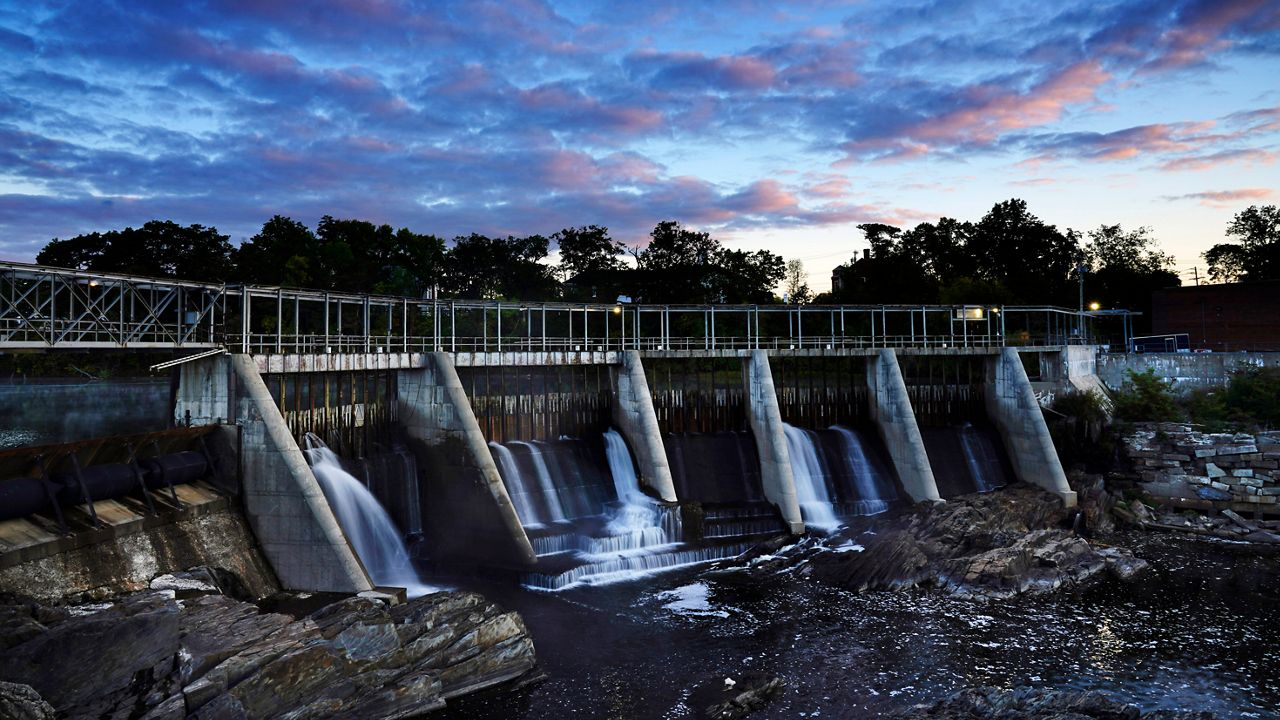Dam Revival: Maine Towns Poised to Reclaim Forgotten Infrastructure Through Groundbreaking Legislation

Maine lawmakers are taking bold steps to breathe new life into abandoned dams across Hancock County, crafting innovative legislation that would empower local communities to reclaim and repurpose these forgotten infrastructure relics. The proposed bills aim to streamline the process for towns to collectively acquire and manage abandoned dam sites, offering a collaborative approach to preserving local water resources and potential community assets.
This legislative effort represents a proactive solution to the challenge of aging dam infrastructure, providing municipalities with a clear pathway to take ownership and responsibility for these structures. By creating a straightforward mechanism for dam acquisition, the coalition hopes to prevent further deterioration of these important water management sites and potentially unlock new opportunities for local development and environmental stewardship.
The proposed legislation could mark a significant turning point for Hancock County's approach to managing abandoned infrastructure, demonstrating how local governments can work together to transform potential liabilities into community resources.
